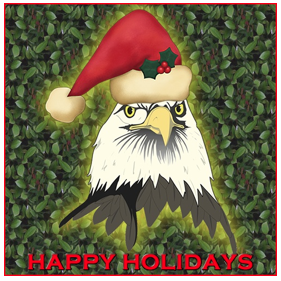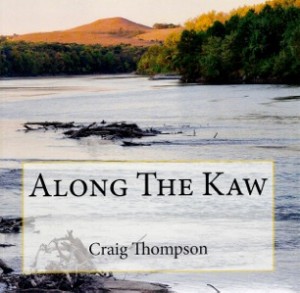Give the Kaw a Valentine present by participating in Shop for Your Cause’s voting challenge!
 Friends of the Kaw is currently participating in a Shop for your Cause voting challenge. How does it work? It’s simple! Just visit the Voting Challenge page, select the “Non-Animal Shelter” category, choose Friends of the Kaw from the drop-down, and click Vote! The organization that receives the most votes by the end of the challenge will receive a $1,000 donation from Shop for your Cause. The challenge runs through March 31st and you can vote once a day, so set a reminder and vote away!
Friends of the Kaw is currently participating in a Shop for your Cause voting challenge. How does it work? It’s simple! Just visit the Voting Challenge page, select the “Non-Animal Shelter” category, choose Friends of the Kaw from the drop-down, and click Vote! The organization that receives the most votes by the end of the challenge will receive a $1,000 donation from Shop for your Cause. The challenge runs through March 31st and you can vote once a day, so set a reminder and vote away!
Here’s another good reason to bookmark Shop for your Cause: If you shop online, you can choose to have a portion of your purchase price donated toward protecting the Kansas River. To get started, go to the Causes page and set Friends of the Kaw as your cause. Then go to the Shop page, find your store, and go shopping!
To find out more about how Shop for your Cause works, visit their FAQ page.
Friends of the Kaw News in Brief:
On Friday, January 31, 2014 Friends of the Kaw testified in front of the Senate Natural Resource Committee concerning Senate Bill 300. This bill would raise the fee from $.15/ton to $.30/ton that sand dredging companies pay the state of Kansas for sand mined out of the Kansas River. The bill is still in committee – watch for more news on this issue.
Friends of the Kaw is still waiting for the U.S. Army Corps of Engineers Environmental Asssessment on Kansas River Dredging to be released on public notice. The Corps also plans to hold a public meeting on this issue. We’ll be sure to publize this process once it starts.




 Paddle safely! Use the links below to quickly access information that impacts river conditions.
Paddle safely! Use the links below to quickly access information that impacts river conditions.
